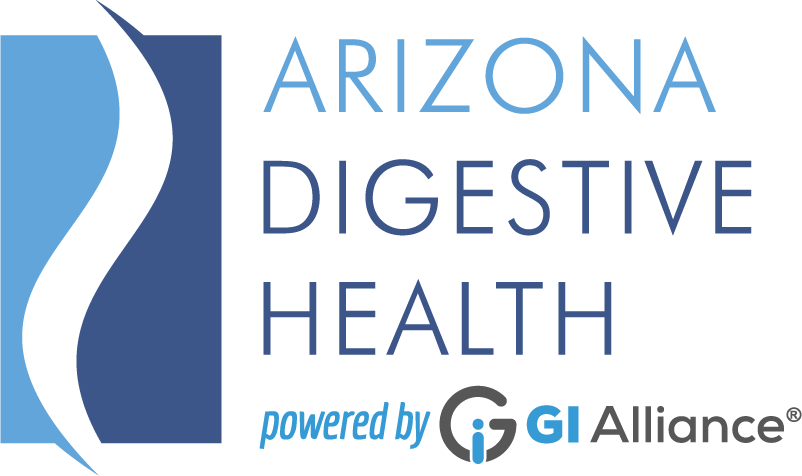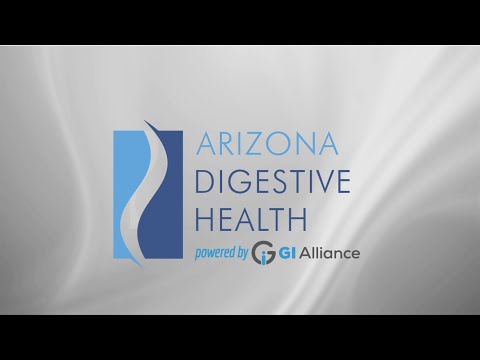Background:
Gluten is the common name for toxic storage proteins found in wheat, rye, and barley. For many people, consuming gluten isn’t an issue; however for others with gluten sensitivities or celiac disease, gluten can cause serious health concerns.
When people with celiac disease eat foods containing gluten, their immune systems respond by damaging the small intestine. Specifically the tiny, finger-like, protrusions called villi on the lining of the small intestine are destroyed. These villi are responsible for absorbing nutrients from food and passing those nutrients into the bloodstream. For this reason, a person without villi can easily become malnourished – regardless of the quantity of food eaten. Gluten sensitivity can result in symptoms similar to celiac disease, but does not cause the damage to the intestinal villi and resulting malabsorption problems seen with celiac disease.
Gut Bacteria and Prebiotics:
In most people, the colon maintains a balance between good and bad bacteria. Beneficial bacteria retrieve nutrients from food and are able to suppress the bad bacteria. The nutrients in food that allow good bacteria to grow are called prebiotics, and are found in plant fibers that contain olgiofructose and inulin.
The problem for celiac patients, or those with gluten sensitivities, is the vast majority of prebiotics in people’s diets comes from wheat and wheat products, containing gluten. The lack of wheat product’s prebiotics in a celiac patient’s diet can disrupt the balance of bacteria found in the colon, favoring unwanted bacteria, which can damage the small intestine over time.
There are many food sources high in prebiotics that can be added to a patient’s diet in lieu of gluten-containing wheat products. These foods include; onion, garlic, leeks, Jerusalem artichokes, asparagus, chicory root, jicama, banana, and agave. Additionally, prebiotic supplements can be taken to encourage good bacteria growth.
Do you read nutrition labels before you buy? If so, you’re not alone. Unless you’re a nutritionist or dietitian, reading nutrition labels will probably introduce you to numerous ingredients you don’t recognize. One ingredient you’ll encounter in many foods is maltodextrin. It’s a common additive in many processed foods, but is it bad for you? And should you avoid it?
Is maltodextrin bad for you? The U.S. Food and Drug Administration (FDA) has approved maltodextrin as a safe food additive. It’s also included in the nutritional value of food as part of the total carbohydrate count.
Living Gluten-Free:
Removing gluten from the diet can be a challenge. Grains are used in the preparation of many foods, so it can be easy to eat gluten without knowing it. It is important to read all ingredients carefully. Some patients find it helpful to plan meals in advance in order to help with shopping and avoid accidental exposure.
Grocery shopping will likely take longer than it used to. If you have any questions or concerns about ingredients in your food, contact the manufacturer for clarification. It is very important to take your time and read food labels carefully:
- Do not eat anything that contains wheat, rye and barley. Also avoid spelt, kamut, faro, durum, couscous, semolina, einkorn, bulgar, and triticale.
- Corn, potato, rice, soybeans, tapioca, arrowroot, carob, buckwheat, millet, amaranth and quinoa can be eaten in any amount.
The following terms on food labels may mean there is gluten in the product:
- Hydrolyzed Vegetable Protein (HVP), unless made from soy or corn
- Flour or Cereal products, unless made with pure rice flour, corn flour, potato flour or soy flour
- Vegetable Protein, unless made from soy or corn
- Malt or Malt Flavoring, unless derived from corn
- Modified Starch or Modified Food Starch, unless arrowroot, corn, potato, tapioca, waxy maize or maize is used
- Vegetable Gum, unless made from carob bean, locust bean, cellulose, guar, gum arabic, gum aracia, gum tragacanth, xantham or vegetable starch
- Soy Sauce or Soy Sauce Solids, unless you know they do not contain wheat
- Brewer’s Yeast
Any of these words on food labels often means a grain containing gluten has been used:
- Stabilizer
- Starch
- Flavoring
- Emulsifier
- Hydrolyzed
- Plant Protein
What foods and food products ARE Gluten-free?
- Whole, low fat, skim, dry, evaporated or condensed milk, buttermilk
- Cream, Whipping cream
- Velveeta cheese
- American cheese
- All aged cheese such as Cheddar, Swiss, Edam and Parmesan
- 100% meat (no grain additives)
- Seafood
- Poultry (breaded with pure cornmeal, potato flour or rice flour)
- Peanut butter
- Eggs
- Dried beans or peas
- Pork
- Cream of rice
- Cornmeal
- Hominy
- Rice, wild rice, rice wafers
- Pure corn tortillas
- Specialty breads made with corn, rice, potato, soybean, tapioca, arrowroot, carob, buckwheat, millet, amaranth and quinoa flour
- Butter, margarine
- Vegetable oil
- Shortening
- Lard
- Plain, fresh, frozen, canned or dried fruit
- All fruit juices
- Fresh, frozen or canned vegetables
- White and sweet potatoes
- Yams
- Brown and white sugar
- Gelatin
- Jelly, jam
- Honey
- Molasses
- Pure cocoa
- Carob
- Tea
- Instant or cold brew coffee beans
- Carbonated beverages (except root beer)
- Mineral and carbonated waters
- Wines
- Arrowroot starch
- Corn flour germ or bran
- Potato flour, potato starch flour
- Rice bran and flour
- Rice polish
- Soy flour
- Tapioca
- Sago
- Distilled white vinegar
- Olives
- Pickles, relish
- Ketchup
- Salt, pepper
- Herbs
- Flavored extracts, food coloring
- Cloves
- Ginger
- Nutmeg
- Cinnamon
- Baking soda, baking powder
- Cream of tartar
What foods and food products ARE NOT Gluten-free?
- Wheat
- Barley
- Rye
- Breaded or floured meats
- Meatballs
- Ravioli
- Pizza
- Any meat substitute
- Breads, buns, rolls, biscuits, muffins, bread pudding
- Crackers and cereals containing wheat, wheat germ, barley, rye, bran, graham flour, malt
- Melba toast
- Matzo
- Bread crumbs
- Pastry
- Noodles, spaghetti, macaroni and other pasta
- Dumplings
- Pretzels
- Prepared mixes for waffles and pancakes
- Gravy and cream sauces thickened with flour
- Cakes, cookies, doughnuts, pies, prepared cake and cookie mixes
- Ice cream cones
- Ovaltine™, malt-containing drinks
- Beer, ale
- Soups thickened with wheat flour or gluten-containing grains, soup containing barley, pasta, or noodles
- Wheat starch
- All flours containing wheat, oats, rye, malt, barley or graham flour
- All-purpose flour, white flour, wheat flour, durum flour
- Bran
- Cracker meal
- Wheat germ
- Synthetic pepper
- Brewer’s yeast (unless prepared with a sugar molasses base)
- Yeast extract (contains barley)
Gluten free labeling
The US Food Allergen Labeling and Consumer Protection Act (FALCPA), passed in 2004, requires manufacturers to list whether or not a food contains one or more of the 8 major food allergens, one of which is wheat. Although it is helpful to know if a food contains wheat, the absence of this alert on a label does not assure the product is gluten free, as the product could still contain gluten from rye or barley. In 2013, the FDA published the regulation that foods labeled “gluten free” must contain less than 20 ppm of gluten. However, consumers should be aware that a product can be gluten free even if it does not say “gluten free” on the label.
Gluten Free Nutritional Risks
When gluten is eliminated from the diet, the risk increases for certain nutritional deficiencies. Those with celiac disease are especially at risk due to the malabsorption that occurs with this condition. Common vitamin and mineral deficiencies include iron, calcium, folic acid, magnesium, and in severe cases, fat-soluble vitamins such as A, D, E, and K. Lactose intolerance is also common. It is important to work with a registered dietitian to build a food plan that will include adequate amounts of these nutrients from gluten free sources.
While living gluten-free can improve your health, attempting a gluten-free diet without physician supervision is not recommended. If you suspect you are gluten intolerant, you need to see a physician who can test for celiac disease before initiating a gluten-free diet. To find a physician near you, please see our locations page.
For assistance in learning more about gluten free grocery shopping, label reading, meal planning, dining out, and food preparation, schedule a visit with our registered dietitian by calling 602-422-9800 or click here.

